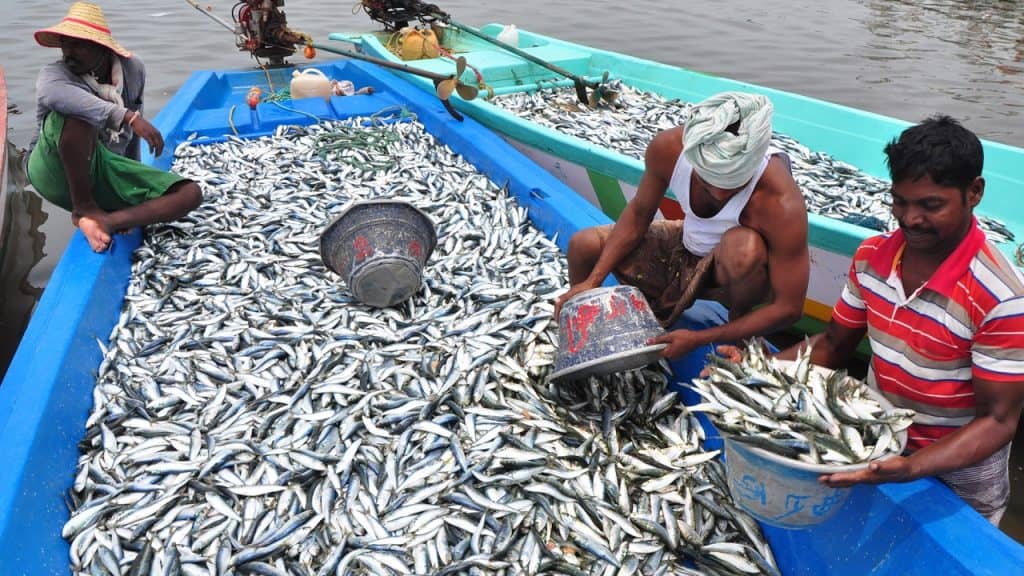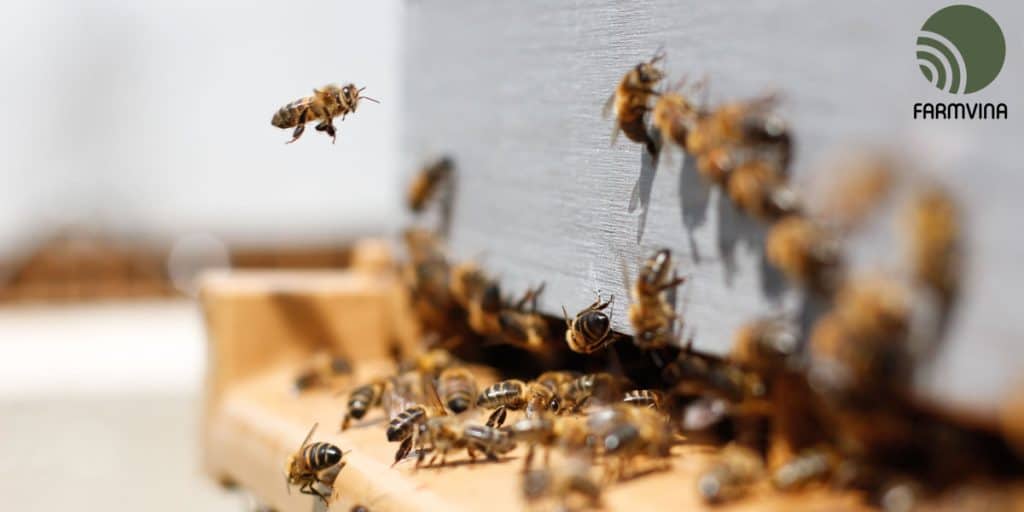Coffee farming is a fascinating and rewarding venture that allows you to be a part of the rich history and culture surrounding this beloved beverage.
In this comprehensive guide, we will explore the history of coffee farming, the different types of coffee beans, how to choose the right location, the climate and soil requirements, various farming techniques, processing coffee beans, challenges faced by coffee farmers, sustainable farming practices, the impact on the economy, and conclude with a summary of the key points discussed.
The History of Coffee Farming:
Coffee farming has a long and storied history that dates back centuries. It originated in Ethiopia and spread to the Arabian Peninsula, where it gained popularity.
From there, coffee cultivation expanded to various parts of the world, including Europe, the Americas, and Asia. Today, coffee is one of the most widely consumed beverages globally, and coffee farming plays a crucial role in meeting the demand for this beloved drink.
Types of Coffee Beans:
There are several types of coffee beans, each with its unique flavor profile and characteristics. The most common types include Arabica and Robusta. Arabica beans are known for their delicate flavors, while Robusta beans have a stronger and more bitter taste. Other varieties, such as Liberica and Excelsa, are less commonly grown but still contribute to the diverse world of coffee.
Here’s a table listing some of the best-known coffee bean origins:
| Coffee Origin | Characteristics |
|---|---|
| Ethiopia | Known as the birthplace of coffee, fruity and floral flavors, diverse coffee regions, Ethiopian Yirgacheffe is highly acclaimed |
| Colombia | Balanced flavor, medium-bodied, bright acidity, caramel sweetness, notable coffee regions include Medellín, Antioquia, and Huila |
| Jamaica (Blue Mountain) | Mild flavor, well-balanced, slightly sweet, low bitterness, limited production, highly sought-after |
| Costa Rica | Bright acidity, full-bodied, citrusy and fruity notes, high-altitude coffee regions like Tarrazú and Naranjo are famous |
| Kenya | Bright acidity, fruity and citrus flavors, bold and full-bodied, AA grade beans are highly regarded |
| Panama (Boquete) | Bright acidity, citrusy and floral notes, Geisha variety is highly prized |
| Guatemala (Antigua) | Chocolatey and nutty flavors, full-bodied, bright acidity, Antigua region is renowned |
| Yemen | Intense, wine-like flavors, complex, often dry-processed, Mocha and Mattari varieties are notable |
| Hawaii (Kona) | Smooth and rich, low acidity, hints of nuts and spice, limited production and highly regarded |
| Brazil | Nutty, chocolatey, and full-bodied, low to medium acidity, one of the largest coffee producers globally |
Note:
- Specialty coffee beans are often highly regarded and can come from various regions worldwide.
- Coffee flavor and quality can also vary based on the processing method (washed, natural, honey-processed) and the specific coffee farm or estate.
For the best coffee experience, consider trying coffee beans from different regions to discover your personal preferences. Additionally, freshly roasted and ground beans make a significant difference in the taste and aroma of your coffee.
Choosing the Right Location for Coffee Farming:
When it comes to coffee farming, location is key. The ideal location for coffee cultivation depends on various factors, including altitude, temperature, rainfall, and soil conditions.
Coffee plants thrive in tropical and subtropical regions, typically found between the Tropics of Cancer and Capricorn. Altitudes ranging from 2,000 to 6,000 feet above sea level are considered optimal for coffee farming.
Climate and Soil Requirements for Coffee Farming:
Coffee plants require specific climate and soil conditions to thrive. They prefer temperatures between 60°F and 70°F, with a consistent rainfall of around 60 inches per year.
Well-drained soil with a pH level between 6 and 6.5 is ideal for coffee cultivation. Additionally, coffee plants benefit from shade provided by taller trees, which helps regulate temperature and moisture levels.
Coffee Farming Techniques:
Successful coffee farming involves various techniques to ensure healthy plant growth and maximize yield. Here are some key techniques to consider:
– Planting Coffee Seeds:
Coffee seeds, also known as coffee cherries, are typically planted in nurseries before being transplanted to the field. The seeds should be soaked in water for 24 hours before planting to enhance germination. Once the seedlings reach a certain height, they can be carefully transplanted to the main field.
– Caring for Coffee Plants:
Coffee plants require regular care, including watering, fertilizing, and weed control. Adequate irrigation is crucial, especially during dry periods. Fertilizers rich in nitrogen, phosphorus, and potassium should be applied at specific intervals to promote healthy growth. Additionally, regular weeding helps prevent competition for nutrients and sunlight.
– Pruning and Harvesting Coffee Cherries:
Pruning is an essential practice in coffee farming, as it helps maintain the shape and size of the plants, improves air circulation, and facilitates harvesting. Coffee cherries are typically hand-picked when they reach their optimum ripeness. This process requires skill and precision to ensure only the ripe cherries are harvested.
Processing Coffee Beans:
After harvesting, coffee cherries undergo a processing stage to remove the outer layers and extract the coffee beans. There are two primary methods of processing coffee beans:
– Wet Processing:
In wet processing, the cherries are pulped to remove the outer skin and pulp. The beans are then fermented in water to remove any remaining pulp. After fermentation, the beans are washed and dried.
– Dry Processing:
Dry processing involves drying the cherries in the sun until they become dry and brittle. The dried cherries are then mechanically processed to remove the outer layers and extract the beans.
Potential Revenue:
Coffee farming revenue can vary significantly based on factors such as location, farm size, cultivation practices, market demand, coffee bean quality, and weather conditions. Additionally, revenue can fluctuate from year to year due to market price variations. Here’s a table providing a general overview of potential coffee farming revenue per acre:
| Coffee Farm Size | Average Annual Revenue per Acre (USD) |
|---|---|
| Small-scale Farm (1-5 acres) | $1,000 – $5,000 |
| Medium-scale Farm (5-20 acres) | $5,000 – $20,000 |
| Large-scale Farm (20+ acres) | $20,000 – $100,000+ |
Note:
- Revenue can vary based on the region and specific market conditions. High-quality, specialty coffee beans often command higher prices.
- The revenue figures are approximate and can vary based on factors like coffee variety, farming practices, processing methods, and access to premium markets.
- Some successful coffee farms may exceed the listed revenue range, especially those focused on specialty or direct trade coffee.
Coffee Farming Challenges:
Coffee farming is not without its challenges. Coffee plants are susceptible to various pests and diseases, such as coffee berry borer and leaf rust. These can significantly impact crop yield and quality. Additionally, climate change poses a threat to farming, as shifting weather patterns and increased temperatures can affect the growth and productivity of coffee plants.
Sustainable Coffee Farming Practices:
To mitigate the challenges faced by coffee farmers and protect the environment, sustainable farming practices are crucial. These practices include organic farming methods, shade-grown coffee, water conservation, and biodiversity preservation. By adopting sustainable practices, coffee farmers can ensure the long-term viability of their farms while minimizing their impact on the ecosystem.
Coffee Farming and the Economy:
Coffee farming plays a significant role in the global economy. It provides livelihoods for millions of people worldwide, from small-scale farmers to large-scale plantations. Coffee exports contribute to the economic growth of many countries, particularly those in the tropics. Additionally, the coffee industry supports various ancillary businesses, such as coffee roasters, cafes, and retailers.
Frequently Asked Questions (FAQs)
What is coffee farming?
Coffee farming is the cultivation of coffee plants to produce coffee beans, which are processed to create the popular beverage known as coffee. It involves various agricultural practices and requires specific growing conditions to ensure a successful harvest.
Where is coffee farming typically practiced?
Coffee farming is practiced in various regions worldwide, but it thrives in tropical and subtropical climates within the “Coffee Belt.” This belt lies between the Tropics of Cancer and Capricorn and includes countries in Central and South America, Africa, Southeast Asia, and some parts of India.
What are the main coffee species grown in coffee farming?
The two main species of coffee grown for commercial purposes are Arabica (Coffea arabica) and Robusta (Coffea canephora). Arabica coffee is known for its superior flavor and is generally grown at higher altitudes, while Robusta is more resilient and suitable for lower altitudes.
What are the steps involved in coffee farming?
Coffee farming typically involves several steps, including planting coffee seedlings, caring for the young plants, pruning, fertilizing, protecting against pests and diseases, harvesting ripe coffee cherries, and processing the beans to remove the outer layers.
How long does it take for a coffee plant to start producing cherries?
Coffee plants usually take about 3-4 years to mature and start producing coffee cherries. The time may vary depending on the coffee species, growing conditions, and farm management practices.
What are the key factors that affect coffee quality in coffee farming?
Several factors influence coffee quality, including altitude, soil type, climate, rainfall, temperature, shade, and farming practices. These factors collectively contribute to the flavor profile of the coffee beans.
What are the different coffee processing methods?
Common coffee processing methods include the wet (washed) process, dry (natural) process, and semi-washed (honey) process. Each method affects the flavor and characteristics of the coffee beans.
Is coffee farming environmentally friendly?
Coffee farming can be environmentally friendly if sustainable and eco-friendly practices are employed. Shade-grown coffee, organic farming, and agroforestry are some approaches that promote biodiversity and minimize environmental impact.
>What are the major challenges faced in coffee farming?
Coffee farmers may encounter challenges such as fluctuating coffee prices, climate change effects (such as extreme weather events and changing rainfall patterns), pests and diseases, labor shortages, and market competition.
Can coffee farming be financially rewarding?
The financial rewards of coffee farming can vary depending on factors like the coffee market, crop yield, farming practices, and overall farm management. Successful coffee farmers who produce high-quality beans and adapt to market demands can find it financially rewarding.
How is coffee harvested in coffee farming?
Coffee cherries are typically hand-picked during the harvest season. In some cases, mechanical harvesting is used for large-scale coffee plantations, but hand-picking is preferred for high-quality specialty coffees.
Is coffee farming labor-intensive?
Coffee farming can be labor-intensive, especially during planting, harvesting, and processing seasons. Labor requirements may vary depending on the farm size, the level of mechanization, and the farming methods used.
Conclusion:
Coffee farming is a complex and rewarding endeavor that requires careful attention to detail and a deep understanding of the plant’s needs. From choosing the right location to processing the beans, farming encompasses a range of techniques and practices. By embracing sustainable farming methods and addressing the challenges faced by coffee farmers, we can ensure the continued availability of this beloved beverage for generations to come.
So, whether you’re considering starting your own coffee farm or simply want to learn more about the process behind your morning cup of joe, this comprehensive guide has provided you with a wealth of information to get started on your coffee farming journey.
Originally posted 2023-05-19 12:08:11.




